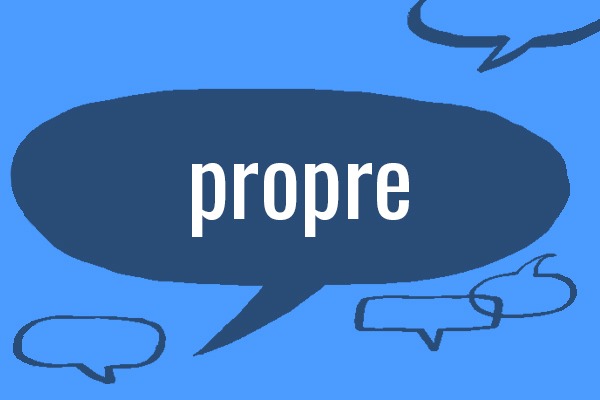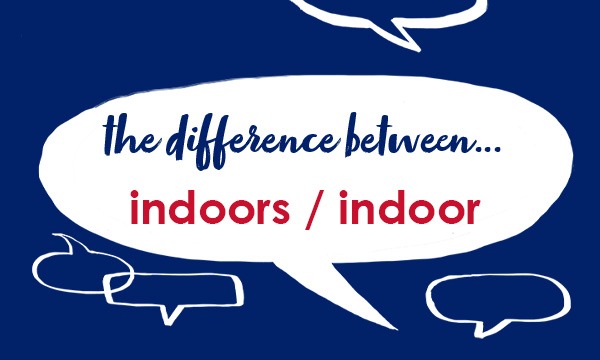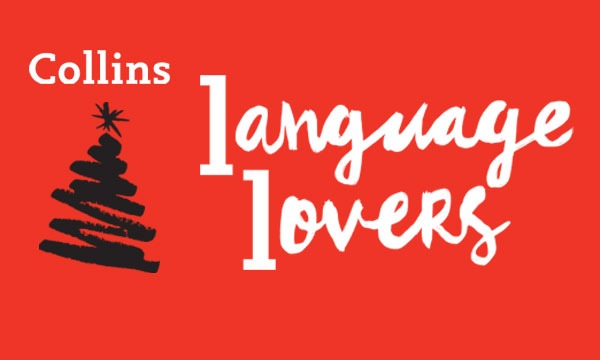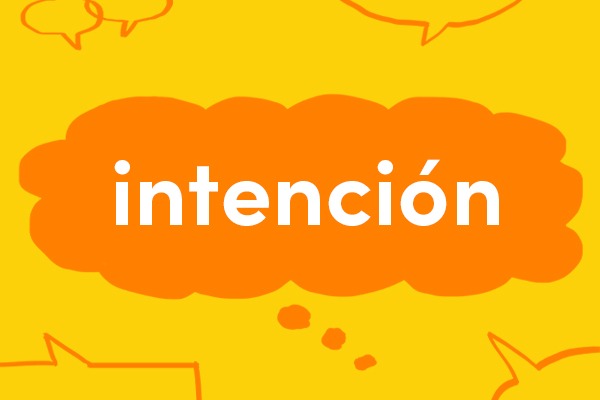
Learning Italian: Wishing someone something
Like all languages, there are certain sayings that people use for special occasions or to simply wish someone well. Knowing how to say these in Italian will prepare you for every occasion and help you to sound more like a native speaker! Have a nice…! To say you hope someone… Read More








collins_dictionary_official
The home of living language. #wotd #wordlovers #collinsdictionary
Read our word of the week definitions and blog posts: